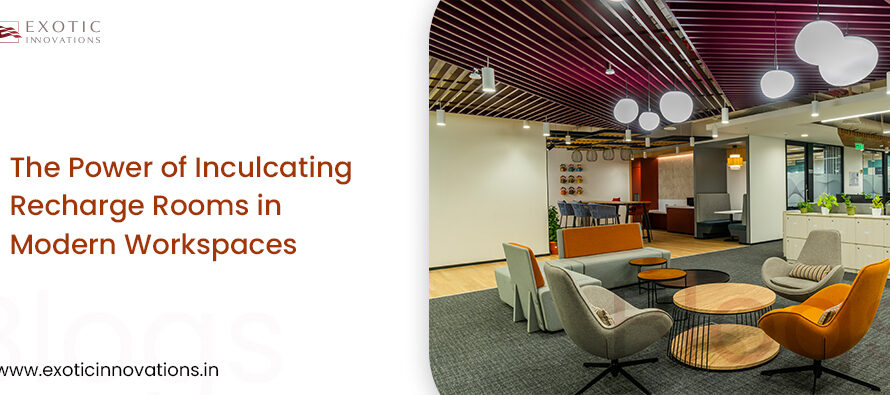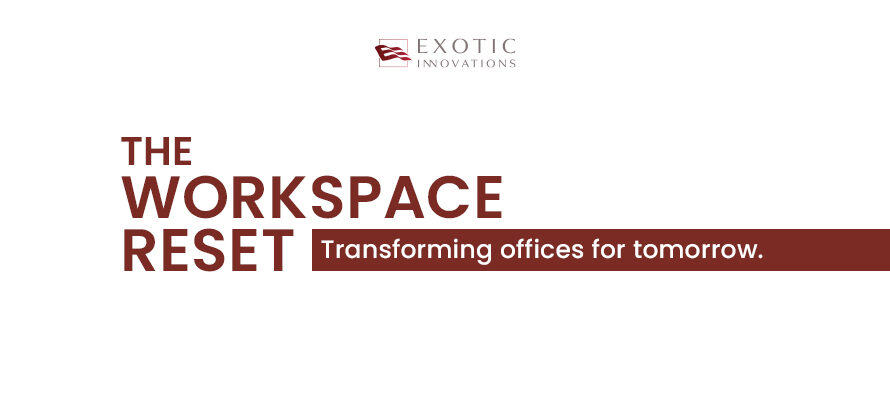In an increasingly globalized world, the role of interior designers and architects has evolved far beyond just aesthetics and functionality. Today, designing spaces that honor cultural identities and reflect the local narratives of the environment has become a key consideration in architectural and workspace design. The idea of “cultural sensitivity” is no longer a mere afterthought but a vital principle that shapes how workspaces are conceived and developed. This is particularly true as businesses seek to create workspaces that resonate with the communities they serve while respecting local traditions, history, and culture.
Designing for Cultural Identity: The Need for Contextual Understanding
When designing interiors for workspaces, the first step is always research. Designers must dive deep into understanding the cultural, historical, and social context of the location where the workspace will be built. Whether it’s a corporate office, a co-working space, or a creative studio, the environment plays a pivotal role in how employees interact with their surroundings and with one another.
Architects and interior designers are no longer solely focused on creating functional spaces but are incorporating a deeper layer of understanding—how the space interacts with its cultural environment. This involves not only respecting the traditions and values of a place but also reflecting them in a way that feels organic, authentic, and relevant. The goal is to ensure that the design aligns with the cultural identity of the location while fostering an inclusive and comfortable environment for everyone who uses the space.
The Importance of Location in Workspace Design
Every location tells a story, and it is crucial for designers to pay attention to the narrative of the place where the workspace is situated. Urban or rural, coastal or inland, the unique characteristics of the surroundings need to be considered to create spaces that connect with their environment. For instance, an office in Tokyo might reflect minimalist design principles—clean lines, natural materials, and a harmonious relationship between nature and the built environment. Conversely, a workspace in Mexico City could integrate vibrant colors, handcrafted textiles, and local artisanal elements to celebrate Mexican culture and heritage.
The architectural vernacular of a region also plays a significant role. In countries with rich historical backgrounds like Greece, Italy, or India, traditional architectural elements such as arches, columns, and locally sourced materials are integrated into modern designs to create spaces that reflect both the past and present. For example, a design in India might incorporate elements such as traditional wooden carvings, jharokhas (overhanging windows), or the use of vibrant colors that tie back to the country’s cultural identity.
By incorporating these elements into workspace designs, designers not only create a sense of pride and belonging for those who work there but also send a message to clients and visitors that the business is invested in understanding and respecting its local context.
Incorporating Local Traditions and Heritage
Respecting local traditions and heritage is fundamental in crafting spaces that are culturally sensitive and reflective of their surroundings. For interior designers, this means looking at how local craftsmanship, design styles, and materials can be integrated into the workplace. Many designers seek to use locally sourced materials such as wood, stone, or textiles that are traditionally crafted in the region, providing a sense of authenticity and connection to the local environment.
For example, in Scandinavian design, the use of light wood, neutral tones, and open spaces creates a sense of calm, while also reflecting the Nordic values of simplicity and functionality. Similarly, in the Middle East, intricate tile work, geometric patterns, and the use of luxurious textiles such as silk and velvet are incorporated to reflect the region’s rich artistic and cultural history.
Additionally, designers may incorporate traditional craftsmanship into modern workspaces, such as custom-designed furniture, handwoven rugs, or ceramic decorations made by local artisans. These elements not only support the local economy but also create unique and memorable spaces that resonate with employees and visitors alike.
Cultural Sensitivity in Design: A Focus on Diversity and Inclusion
As workspaces become more diverse and inclusive, cultural sensitivity extends beyond the physical environment to the psychological and emotional spaces employees occupy. In modern interior design, there is a focus on creating spaces that promote inclusivity and respect for all cultures, religions, and backgrounds. This includes providing spaces for prayer or meditation, incorporating universal design principles that accommodate people with disabilities, and ensuring that the colors, textures, and symbols used in the design do not unintentionally exclude or marginalize any group.Designers are increasingly incorporating flexibility into spaces, ensuring they cater to the needs of a diverse workforce. For example, creating multi-functional spaces that can accommodate various cultural activities, celebrations, or gatherings is an effective way to foster a sense of belonging. This might include adaptable spaces where employees can host cultural events, celebrations, or team-building activities that celebrate diversity. In addition, offering open layouts that encourage collaboration while respecting personal space can contribute to creating an inclusive environment.
The Role of Technology in Honoring Cultural Identity
Technology plays a pivotal role in today’s workspaces, but it can also be used as a tool to honor cultural identity. For instance, designers are using digital art, immersive screens, or interactive walls that showcase cultural stories, historical narratives, or local artists’ work. These digital elements can be seamlessly integrated into office walls, lounges, or collaborative spaces, adding an element of local flavor while creating dynamic and engaging environments for employees.
Smart technology can also enhance the cultural experience. For instance, incorporating climate control systems that mimic natural conditions found in the region, such as adjusting the temperature or humidity to reflect local climates, can contribute to a more immersive experience for employees. This integration of technology creates a harmonious relationship between tradition and modernity, ensuring that workspaces feel both contemporary and connected to their cultural roots.
Real-World Examples of Cultural Identity in Workspace Design
Several companies have set the standard for integrating cultural identity into their office designs. In Singapore, the Google office embraces local culture with an interior that blends Singapore’s cultural diversity and nature. The office features design elements inspired by the local Malay, Chinese, and Indian communities and integrates plants and greenery that are native to the region.
Another example is the large-scale development of corporate spaces in Dubai, where international firms have adapted their designs to incorporate elements of Arabian culture. From intricate woodwork and arches to the use of rich fabrics and bright colors, the designs echo the region’s history while creating modern and functional workspaces.
In the United States, companies like Nike have designed offices that pay tribute to their local surroundings, reflecting the natural beauty of Oregon through the use of sustainable wood materials and design elements inspired by the Pacific Northwest.
As the world becomes more interconnected, the demand for culturally sensitive design in workspaces continues to rise. Architects and interior designers are increasingly incorporating elements that honor the unique cultural identities, traditions, and narratives of the locations where they work. By understanding and respecting the history and culture of a place, they create spaces that foster a sense of belonging and pride while enhancing productivity, creativity, and inclusivity in the workplace. Whether it’s through the use of local materials, integration of cultural symbols, or the design of inclusive spaces, these efforts ensure that the workspaces of tomorrow are deeply connected to the communities they serve.
Liked our blog? Share your opinion in the comments below!



